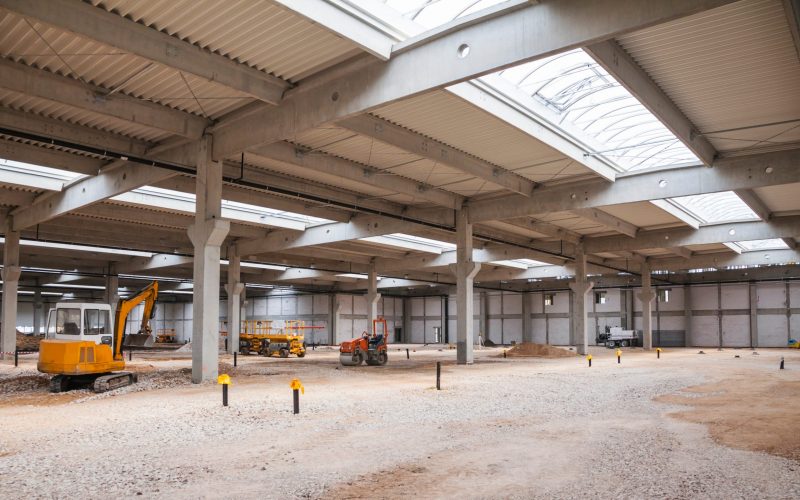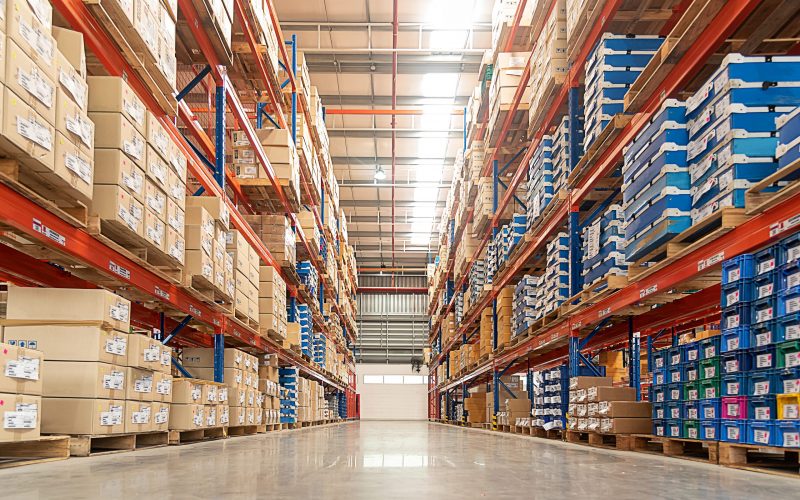
LIGHT INDUSTRIAL.
Asset class “Light Industrial Properties” in focus
A Light Industrial property can be identified by its central location and/or excellent transport links and its flexible use concept. In addition, it will almost always have a significant share of factory buildings or production areas with above-average room height and load capacity. Another central factor is ease of access for lorries, to ensure an adequate flow of goods. The requirement of the urban economy for Light Industrial properties is on the increase; the growth in online trading means that the “last mile” is gaining in relevance. The delivery of goods within just a few hours of ordering requires a logistics chain with warehousing space close to urban centres. Such warehouse spaces cannot be covered by large-volume logistics properties or warehouses on city margins. This means that multi-use concepts that together come under the heading of Light Industrial properties are a smart option in inner city and central locations. As well as warehouse space, these properties also offer space for low-emission production, such as additive manufacturing or manufacturing using industrial robots. But office space is also available in many Light Industrial properties. The decisive factor is that properties in the Light Industrial asset class can be used in flexible ways and can also be changed. This distinguishes them from logistics and industrial properties which are designed for a certain type of use or a single company as single-use properties.
Pros & cons: existing buildings and new builds
Existing properties have advantages and disadvantages. Their location is frequently an advantage. The expansion of metropolitan centres over the past few decades has meant that former city margin locations have been engulfed by the expanding city. In Berlin, for instance, former industrial yards dating from the time of industrialisation now find themselves at the heart of urban inner city locations. Industrial properties with warehouse space and conversion potential in such urban locations are top choice properties for Light Industrial project developers. On the other hand, the disadvantages of existing buildings include increased planning costs, challenges with building regulations and emission protection or where contamination from past use is an issue. Dismantling and rebuilding or refurbishment is also generally more expensive than a new build on a vacant plot.
The new build of a Light Industrial property has several advantages. The building site does not need to be expensively cleared up and refurbished, but instead building can start straight away. The project developer can plan the new build freely and in line with market conditions without needing to take any existing buildings there may be into account. But there are downsides too. Vacant, undeveloped industrial plots tend to be on urban margins and along motorways; if the location is too far away from the city, a multi-use strategy involving comparatively staff-intensive types of use and smaller rentable spaces is not going to work. This shows clearly the difference from the traditional logistics property, which is easier to please in its location requirements – sometimes the only criterion is motorway access.
Investors are on the look-out for Light Industrial properties
The Light Industrial asset class is a favourite with investors because of its attractive risk-return ratio. Real property funds or institutional investors such as pension funds are showing a lot of interest in Light Industrial properties. The flexibility of properties being used by several different tenants makes multi-use properties more secure in a time of crisis than single-use properties. BRIGHT Industrial Investment follows the principles of Value Investment.
One challenge for Light Industrial project developers is balancing cost efficiency on the one hand and compliance with ESG criteria on the other hand. You can find out more about how BRIGHT Industrial Investment manages ESG here.

Picture credit: iStock.com/aeduard
Picture credit: iStock.com/Kamonchai Mattakulphon
